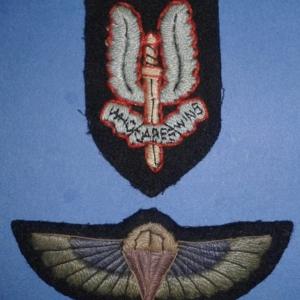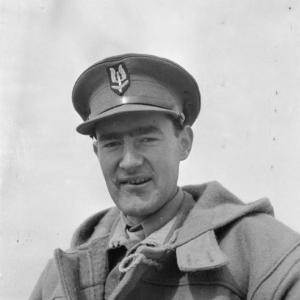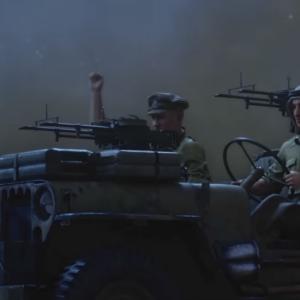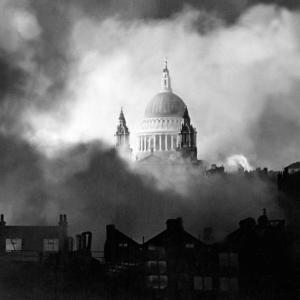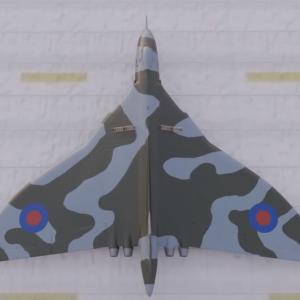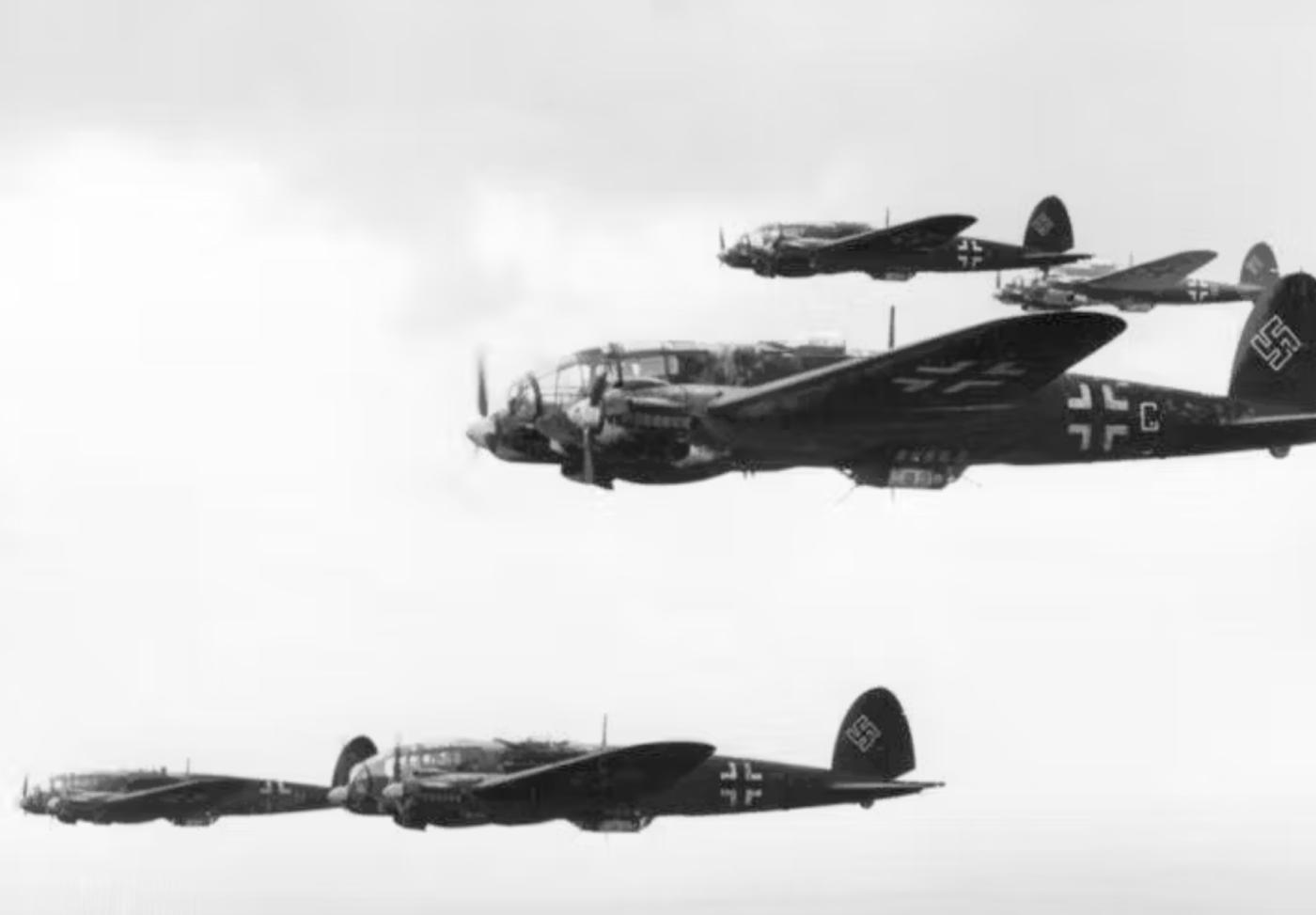
On this day in military history…
On August 13, 1940, the German Luftwaffe launched what was intended to be the decisive blow against Britain’s Royal Air Force—a day that came to be known by the Germans as Adlertag, or “Eagle Day.” This was to mark the beginning of Operation Adlerangriff (Eagle Attack), the Luftwaffe's grand campaign to annihilate the RAF and establish air superiority in preparation for a planned invasion of Britain, codenamed Operation Sea Lion. For the German High Command, Eagle Day was the culmination of weeks of planning, coordination, and buildup. Their belief was that a sudden, concentrated blow could cripple Britain's air defenses, leaving the island nation vulnerable and defenseless against the full force of German military might.
The Luftwaffe’s commander-in-chief, Hermann Göring, had promised Hitler that a swift and overwhelming air campaign would destroy the RAF within days. With the fall of France in June 1940, the German Air Force had access to a wide swath of airfields along the French and Belgian coasts, which placed much of southern England within reach of their bombers and fighter escorts. They divided their strategy into several phases, beginning with attacks on Channel convoys, then moving to radar installations, airfields, and aircraft production facilities. Eagle Day was to mark the transition to large-scale assaults focused squarely on RAF airfields and infrastructure. Göring envisioned it as a single powerful offensive that would shatter British aerial resistance and signal the collapse of British morale.
On the morning of August 13, the Luftwaffe mobilized nearly 1,500 aircraft, including Heinkel He 111s, Junkers Ju 88s, and Dornier Do 17 bombers, escorted by Messerschmitt Bf 109 and Bf 110 fighters. Their targets stretched across southern England, from radar stations along the coast to airfields deeper inland. However, the Luftwaffe’s hopes for a flawless attack were quickly undermined by a series of misjudgments and unexpected British resistance. Bad weather in the early morning hours led to confusion and delays among German squadrons. Some formations took off too early or too late, and coordination between bomber and fighter groups suffered as a result.
Despite these setbacks, waves of bombers struck several key RAF airfields, including Eastchurch, Detling, and Andover. Damage was done, but not to the critical fighter command airfields such as Biggin Hill, Hornchurch, or Tangmere, which were central to the defense network. The British radar system—one of the most advanced and crucial elements of the RAF’s strategy—also proved resilient. Although some stations were damaged, most remained operational, allowing RAF Fighter Command to effectively vector its interceptors toward incoming German raids. The British pilots, flying Hurricanes and Spitfires, met the attackers in fierce dogfights that played out over the skies of Kent, Sussex, and Hampshire.
British losses were serious, but German expectations of a crumbling defense proved premature. By nightfall on Eagle Day, the Luftwaffe had lost more than 40 aircraft, while the RAF lost 13 fighters. Although the Luftwaffe inflicted damage and caused disruption, the day did not deliver the crushing blow Göring had envisioned. The RAF remained intact, its command structure unbroken, and its will undiminished. In fact, the intense fighting only strengthened British resolve and confidence. Radar stations continued to feed real-time intelligence to Fighter Command, which remained agile and coordinated under the leadership of Air Chief Marshal Hugh Dowding and his sector station commanders.
Eagle Day was meant to demonstrate overwhelming German aerial supremacy. Instead, it exposed the flaws in the Luftwaffe’s assumptions and the underestimation of British capabilities. The German high command failed to appreciate how effective the integrated British air defense system was, and they misunderstood the importance of targeting specific RAF assets. Rather than focusing their efforts on Fighter Command's operational centers and airfields, the Luftwaffe often shifted targets or spread its attacks too widely to achieve decisive outcomes. Moreover, the failure to neutralize radar and command infrastructure allowed the RAF to recover and reposition with remarkable speed.
In the weeks that followed, the Luftwaffe would continue its campaign, intensifying attacks and shifting tactics, but Eagle Day marked a turning point. It signaled that the conquest of Britain would not be simple or swift, and that the skies over the English Channel would remain bitterly contested. For the Germans, Adlertag had been heralded as the moment of victory. In reality, it became the first in a series of miscalculations that would lead to the failure of their air campaign and, ultimately, the abandonment of any immediate plans to invade Britain. The battle that unfolded in the skies over southern England during that summer of 1940 would go down as one of the defining struggles of the Second World War, and Eagle Day, though bold in concept, would be remembered not for triumph but for the resilience it revealed in the defenders.

